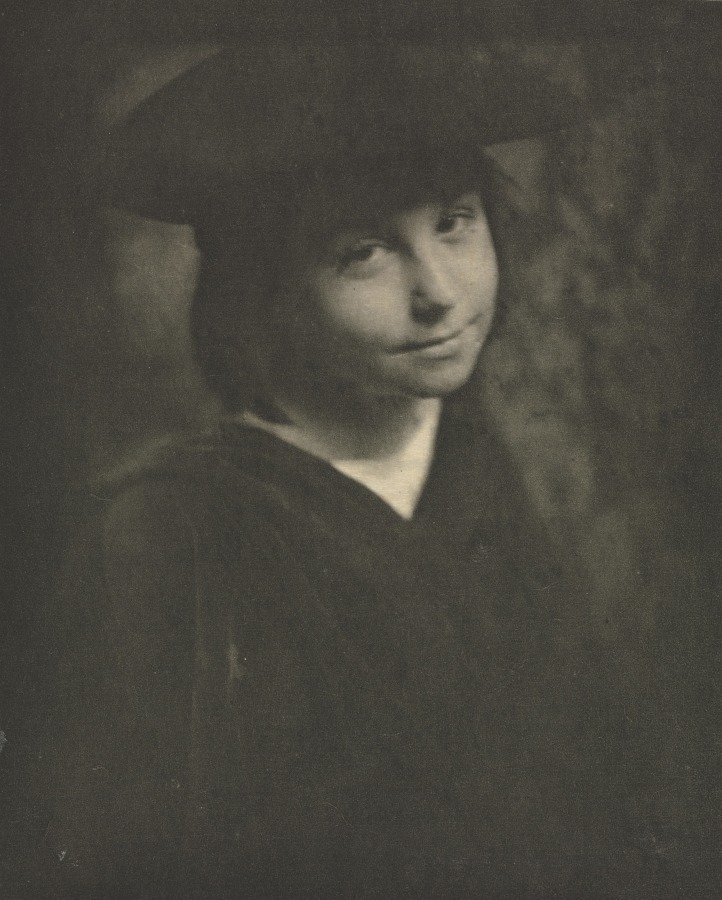Artworks

Camera Work
A. Horsley Hinton
Alfred Stieglitz
Alice M. Boughton
Alvin Langdon Coburn
Anne W. Brigman
Arthur Allen Lewis
Arthur Radclyffe Dugmore
Baron Adolph de Meyer
C. Yarnall Abbott
Clarence H. White
David Octavius Hill
E.M. Bane
Edward Steichen
Ema Spencer
Eva Watson-Schutze
F. Benedict Herzog
Francis Bruguière
Frank Eugene
Frederick H. Evans
Frederick H. Pratt
George Davison
George Bernard Shaw
George H. Seeley
Gertrude Käsebier
Guido Rey
Hans Watzek
Harold Mortimer-Lamb
Harry Rubincam
Heinrich Kuehn
Herbert G. French
Hugo Henneberg
J. Craig Annan
John Francis Strauss
Joseph T. Keiley
Julia Margaret Cameron
Karl F. Struss
Marshall R. Kernochan
Oskar Hofmeister
Paul Strand
Paul B. Haviland
Prescott Adamson
René Le Bègue
Robert Adamson
Robert Demachy
Sarah C. Sears
Theodor Hofmeister
W.W. Renwick
William B. Dyer
William B. Post
William E. Wilmerding